-
Royce Richmond
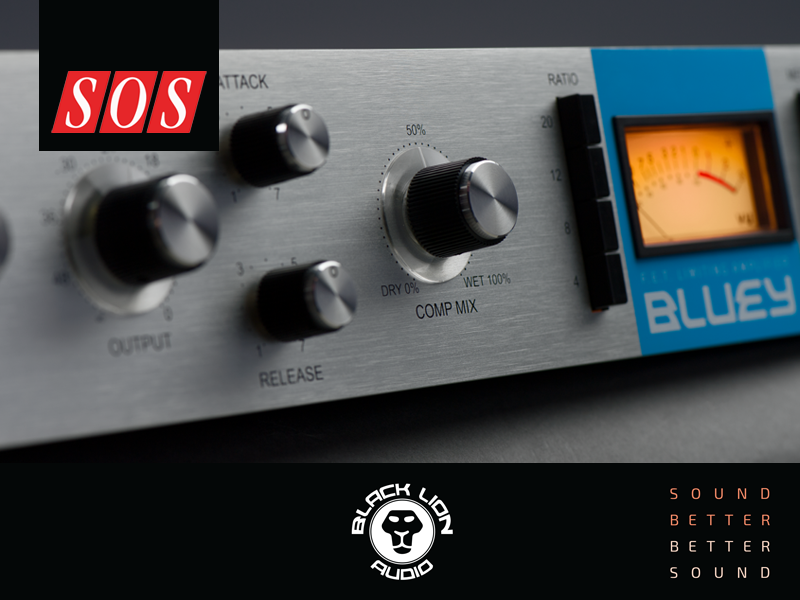
Product Review // Black Lion Audio Bluey // Sound On Sound Magazine ~ By Neil Rogers
Chris Lord-Alge, aka CLA, must be one of the most recognisable figures in the world of music production. His confident, concise mixing style has graced countless hit records, seen him win multiple Grammys and earned the respect of his peers. Something very important to CLA’s ‘sound’ is his use of compression, and if you look at images of his Mix LA studio, you can’t fail to notice his enviable selection of outboard compressors. Among these, he has several of the ‘Blue Stripe’ versions of the UA 1176 FET limiting amplifier. These ‘Blue Stripe’ compressors were the earliest ‘revisions’ of the famous Universal Audio 1176 — head to UA’s website for more detail on the different revisions: www.uaudio.com/blog/1176-la2a-hardware-revision-history. CLA favours one particular unit, which he feels exhibits a little more ‘mojo’ than the others and which he estimates has been used on over 14,000 vocal recordings!
-
Royce Richmond
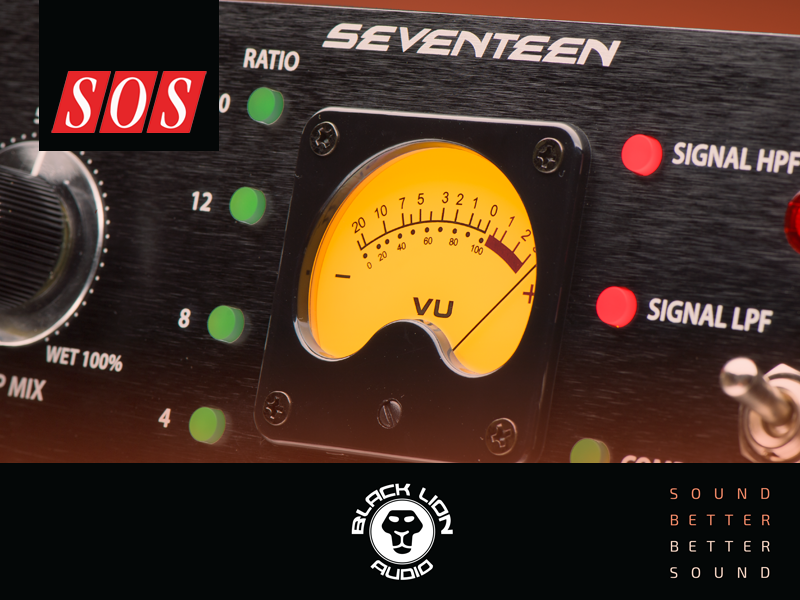
Product Review // Seventeen // Sound On Sound Magazine ~ By Matt Houghton
We put BLA’s feature‑rich and keenly priced 1176‑style compressor to the test.
Black Lion Audio’s Seventeen clearly draws heavily on the classic 1176 FET compressor, but it’s not a straight clone. As with several FET devices we’ve reviewed in recent years, it builds upon that design, adding features that should be popular in modern studios, and taking advantage of modern devices to keep the noise floor low. BLA have managed to deliver all this at an asking price that’s within reach of mere mortals, without any obvious sacrifice in the audio quality and both ergonomic and aesthetic appeal.
The review model was tidily packaged, and I was instantly enamoured by its classy appearance which, in keeping with the unit itself, is somehwat retro but with a modern twist. The solid construction and smooth‑yet‑sturdy feel of the controls and switches also inspired confidence. It’s a 2U 19‑inch rackmount device, but it ships with screw‑on metal‑and‑rubber feet, which allows more secure positioning on a desktop when not racked.
-
Royce Richmond
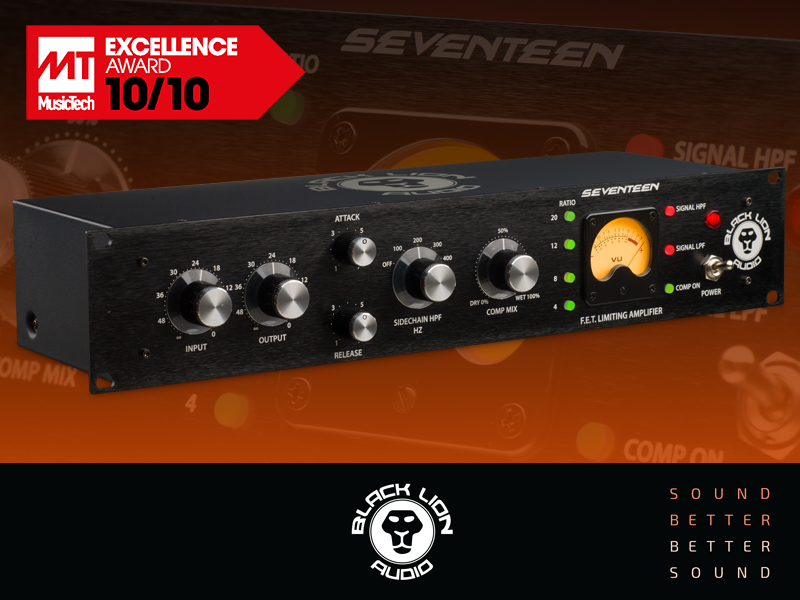
Product Review // Seventeen // MusicTech Magazine ~ John Pickford
A classic piece of studio design is brought kicking and screaming into the 21st century. How has Black Lion Audio achieved this astonishing feat?
The Seventeen isn’t an all-out replication of the 1176, like Warm Audio’s WA76 for example, as it boasts several useful features not found on originals or clones. On its website, Black Lion Audio makes this clear with possibly the best opening gambit I’ve ever read about an audio product: “The Seventeen is not the ’76 compressor that your grandfather recorded with. It isn’t even a remake, but rather the Black Lion spin on what the ’76 should have been”. You’ve got to admire the chutzpah…
-
Royce Richmond
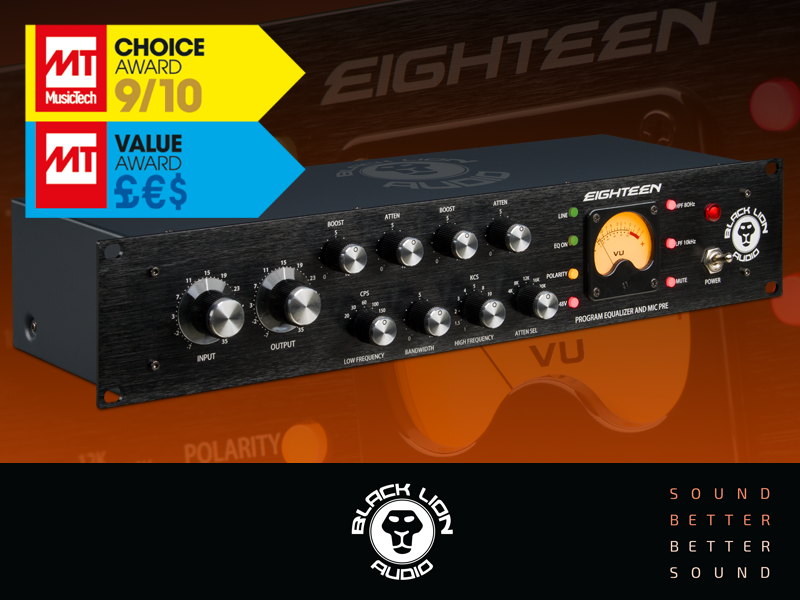
Product Review // Eighteen // MusicTech Magazine ~ John Pickford
A top-class analogue recording channel input makes all the difference in the digital domain. Plug-ins that emulate vintage kit and effects can go a long way to spicing up audio recorded through clinical-sounding interfaces but little beats creating the vibe at the source. It follows the trash-in, trash-out philosophy of programmers or the front-end-first mantra of audiophiles who realise that upgrading your loudspeakers is pointless if you’re pumping low-grade audio through them.
Aside from the authentic analogue sound of the Eighteen, there’s something satisfyingly tactile about adjusting the relative levels of input and output to inject the right amount of harmonics before sweetening with a touch of EQ on the way in. The Eighteen can also be used as a standalone EQ or to add colouration from the unit’s transformers.
-
Nicole Wynn
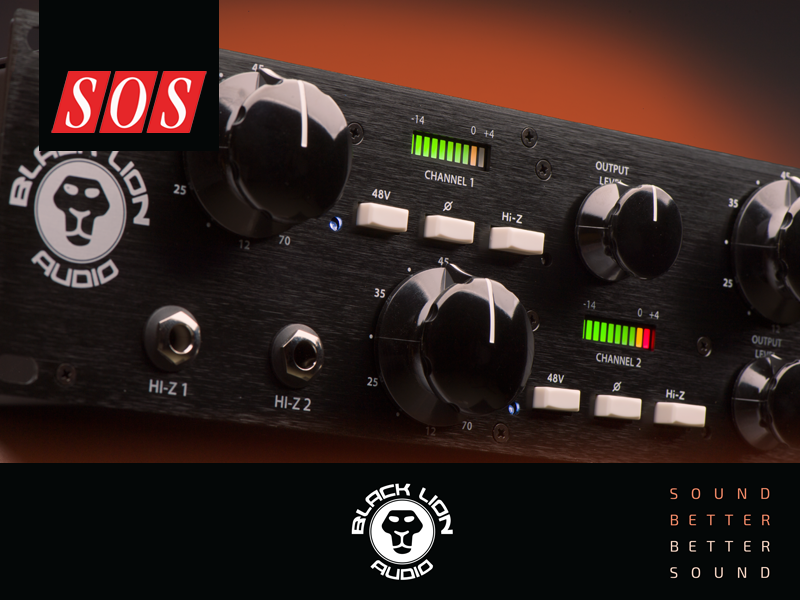
Product Review // B173 Quad – Four Channel Mic Pre // Sound On Sound Magazine ~ By Neil Rogers
Black Lion’s designers set out to bring versatility and lower noise to a classic preamp without sacrificing character — have they succeeded?
Black Lion Audio first made a name for themselves through their popular ‘modding’ service — the idea being that they’d apply their analogue electronics know-how to upgrade the performance of other companies’ products. Starting in 2006, they were probably most well known for ‘hot-rodding’ the old Digidesign 002 and 003 audio interfaces — this was back in the pre-Avid days when you could only use the Pro Tools software with the same company’s hardware, and these were the most affordable multitrack interfaces that were compatible. The hot-rodding typically entailed upgrading the analogue input and output stages, the power supply and the internal clocking — small individual improvements that collectively added up to a significant improvement.
-
Nicole Wynn
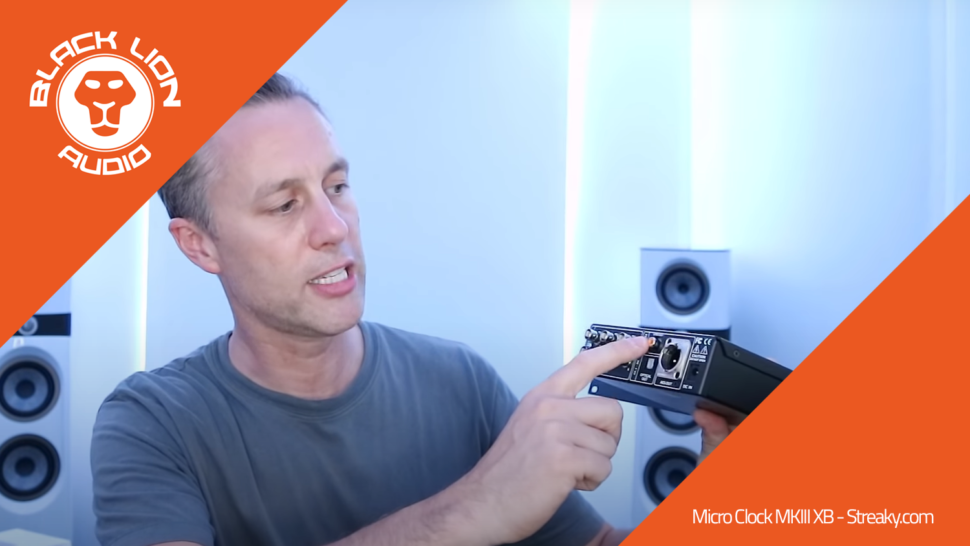
Product Review // Word Clock MKIII // Streaky Mastering
Streaky tries out the word clock made by Black Lion Audio in his mastering studio.
-
Nate Bierdeman
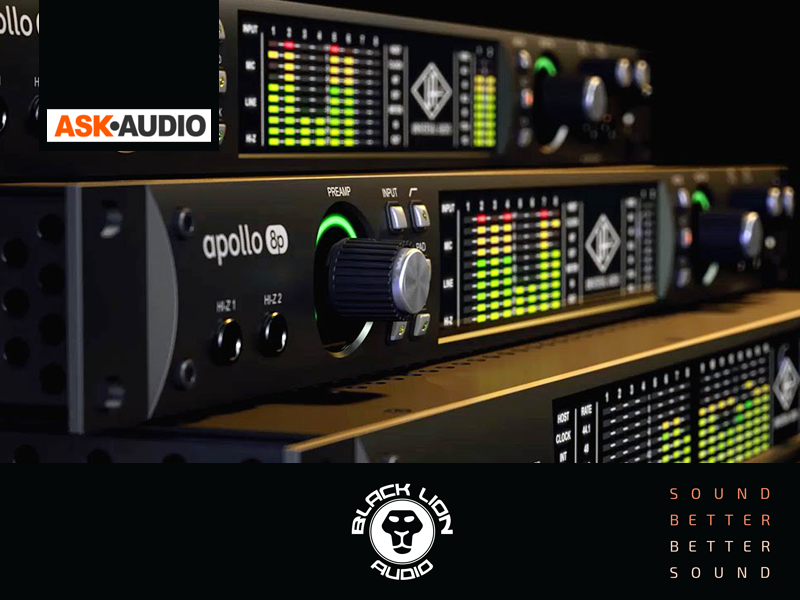
Mod Review // Apollo 8P // Ask.Audio – By Matt Vanacoro
Modifying your audio gear can be a great way to make it perform to an even higher standard than it already does. Matt Vanacoro found out what Black Lion Audio could do to supercharge his Apollo 8.
The first thing I was curious to find out was ‘exactly what are you going to do to my Apollo?’ I talked with Nate from BLA and he gave me the lowdown. Newer, high-performance op-amps would be put on the analog ins and outs (mic, line, monitor, headphones). The capacitors would be upgrade on the analog input signal path. The A/D and D/A converters would be decoupled, as well as the mic preamp chips.
-
Oct172015Black Lion Audio
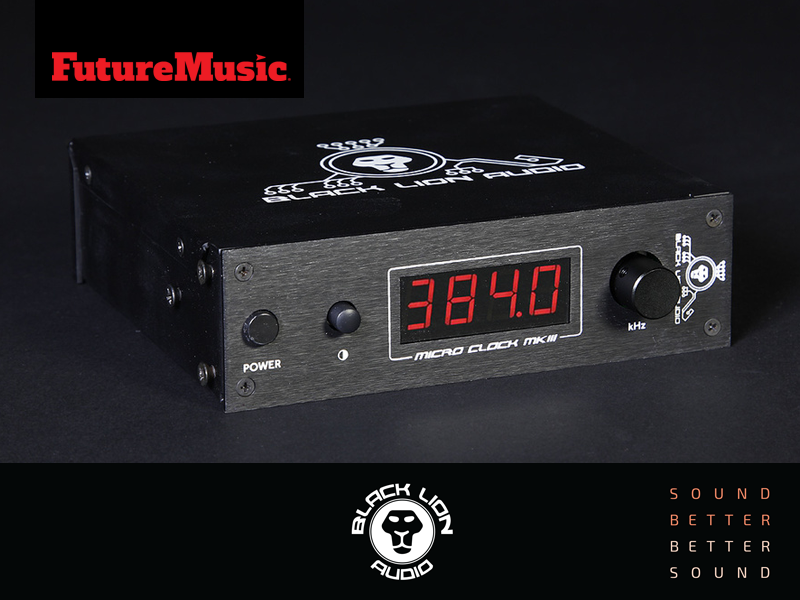
Product Review // Micro Clock MKIII // FutureMusic
Black Lion Audio recently debuted the third incarnation of their dedicated master word clock, the MicroClock mkIII. Analog to digital conversion is something that BLA is passionate about, so much so that the concern, based out of Chicago, is constantly evaluating new crystal technology as it develops to determine how to enhance their products. Better crystals mean less jitter, and less jitter means better sound. Thus, when Black Lion released the third version of the MicroClock, we knew that this was not going to be just a polishing of the mkII. According to Nate Bierdeman, Black Lion Audio’s Chief Executive Officer, the company not only infused the latest crystal technology into the mkIII, but also looked to “remove the parasitic elements out of the signal.” This meant the company “performed critical listening at each stage, often A/B’ing different component pools and crystals to come up with the best result possible.”
-
Oct092015Black Lion Audio
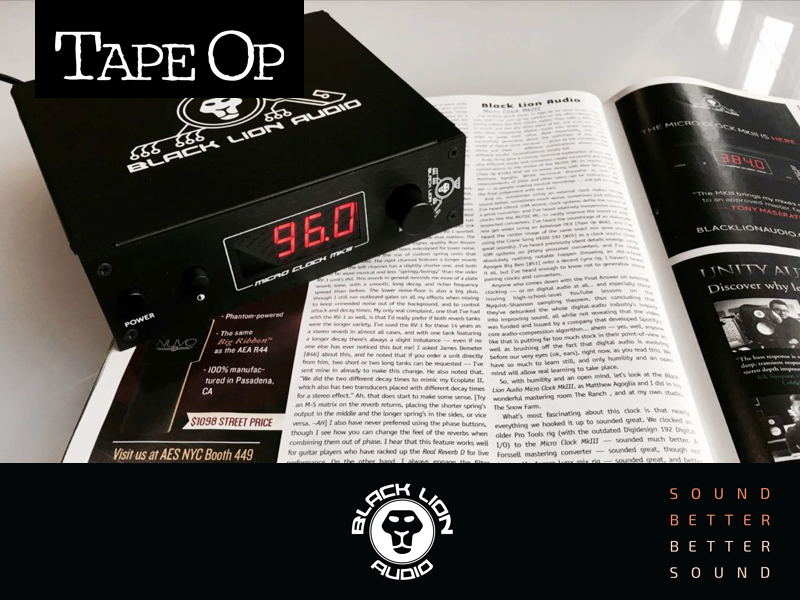
Product Review // Micro Clock MKIII // Tape Op ~ By Allen Farmelo
What’s most fascinating about this clock is that nearly everything we hooked it up to sounded great. We clocked an older Pro Tools rig (with the outdated Digidesign 192 Digital I/O) to the Micro Clock MkIII – sounded much better. A Forssell mastering converter — sounded great, though not better. My Aurora Lynx mix rig — sounded great, and better. The new Dangerous Music Convert-8 — sounded great, though not better. Obviously, we didn’t try every combination known, but the consistency of the sound with the Micro Clock MkIII was impressive. A solid center image, big bass, and a depth to the soundstage that’s typical of excellent, low-jitter clocking. We walked away saying, “That’s a great little clock!”
Product Reviews
Black Lion Audio > Product Reviews
